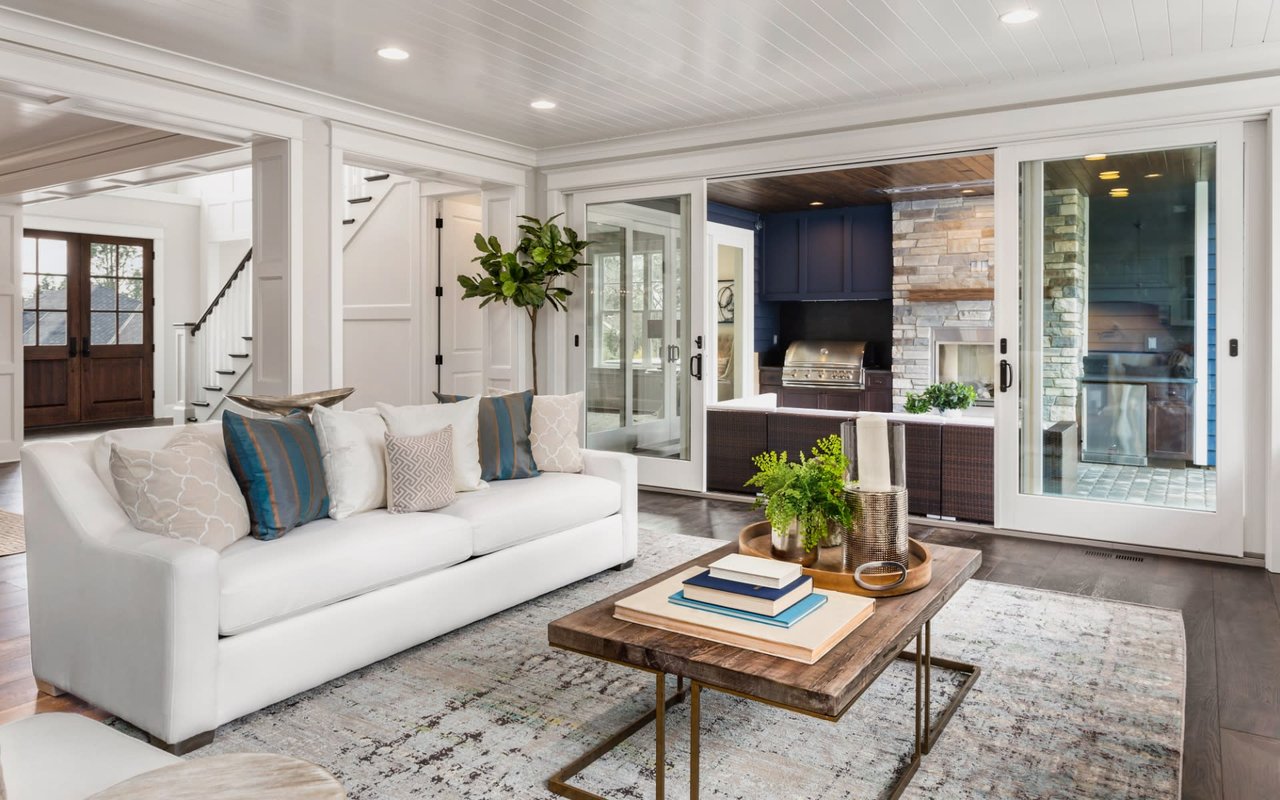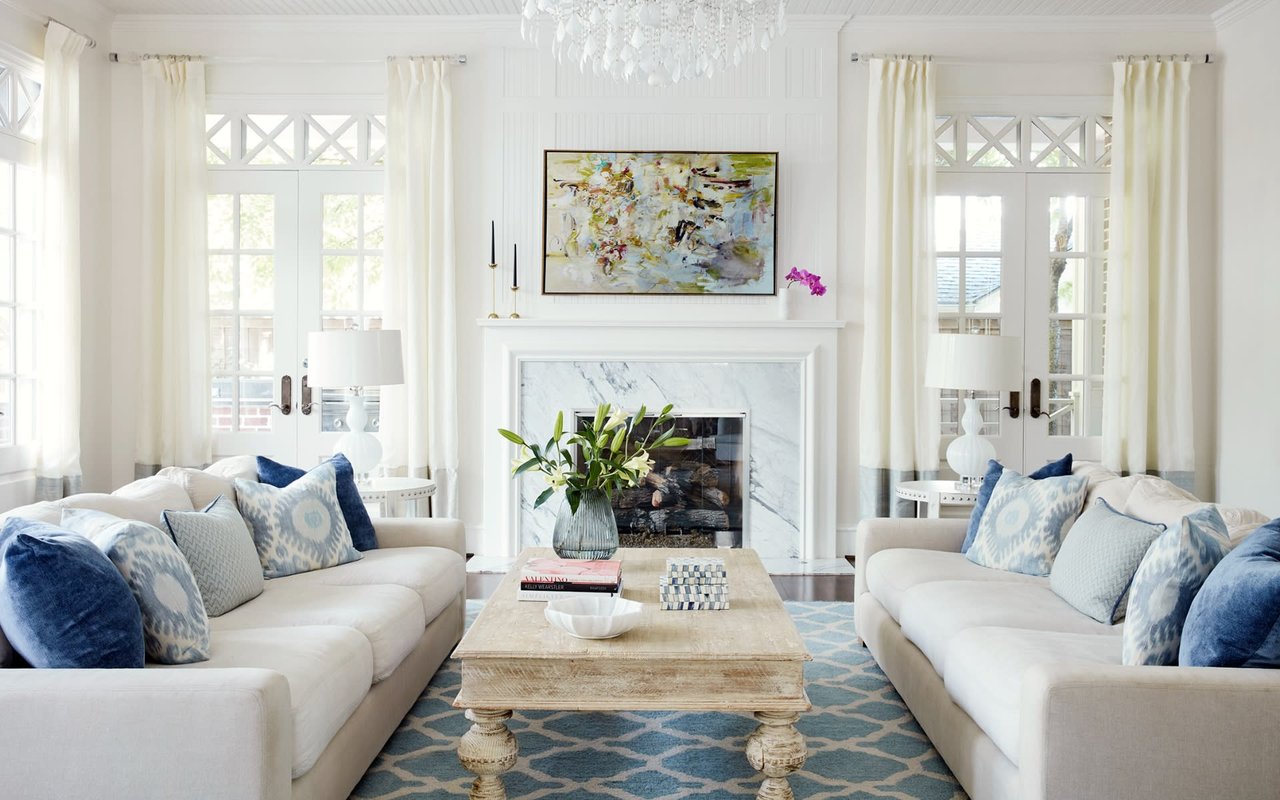10 Home Improvement Projects To Avoid

If you plan on moving in two to three years, don’t invest money in home improvement projects that won’t increase the resale value of your home.
Some of these low-value home improvement projects include:
1. In-ground Swimming Pools
In-ground swimming pools cost $30,000-$75,000, depending on the type of pool installed. While installing a pool may seem like a good idea, a swimming pool makes your house more difficult to sell. Many people, especially families with small children, do not want to buy a house with a pool. Eliminating families with small children drastically reduces the number of people willing to buy your home.
In addition, installing a pool increases your energy costs, and raises your homeowners insurance. A swimming pool also requires a lot of maintenance, and usually costs around $1,000-$2,000 or more to operate.
If you live in Southern California, the Deep South, or in the sunny Southwest, a swimming pool may positively impact your home’s value. You may recoup, at most, 30%-50% of your investment in a pool. If you live anywhere else, however, installing a pool may decrease the value of your home, due to the significant operating costs.
Invest in a pool if you plan to stay in your home for several years and use it often. Otherwise, a new pool can cause some significant financial headaches.
2. Gourmet Kitchens With High-end Accessories
While you may love your $10,000 commercial stove, and top-of-the-line Tuscan tiles, these costly additions don’t pay off when you list your home for sale. If you plan on moving within the next 3-5 years, and you want to remodel your kitchen, invest in quality, serviceable appliances that appeal to many people. In general, too much customization in a home turns buyers away.
Stay on par with your neighbors; too many high-end additions and you will own the most expensive home on the block. You can recoup a fair amount of money on a kitchen remodel, but expensive, fancy gourmet kitchens don’t help you attract that perfect buyer.
Of course, if you have a high-end home in an upscale neighborhood, then upgrading your kitchen to “gourmet” status may increase its value, since buyers expect to see a gourmet kitchen in a high-end home. But even in a high-end home, you may not recoup your entire investment in an expensive kitchen remodel when you sell your home.
3. Whirlpool Baths
It may sound fun and relaxing to take a hot bath after a long workday, but potential buyers will not pay extra for a newly installed whirlpool bath. In addition, the costs for installing a whirlpool tub can be prohibitive. Many homeowners install luxury bathtubs, only to discover they need to invest in a larger hot water tank for the tub to work properly. Furthermore, installing a tub may result in high energy bills, and additional monthly maintenance costs.
Think twice before installing a whirlpool bath. This project can cost you thousands of dollars, and if you run into problems, the costs climb even higher.
4. Sunrooms
This home improvement project goes straight to my heart; I really want a sunroom. Unfortunately, this expensive project adds very little to a home’s value. A sunroom only recoups $486 for every $1,000 spent on construction, or 49%-59% of the initial investment. In addition, glass doesn’t provide insulation, so a sunroom also raises energy costs in the winter and summer.
We ultimately decided not to add a sunroom to our home, since we know it won’t add to the value of our house. However, if you live in the South, or on the beach, where many homes have sunrooms, adding one to your home may actually help you stay competitive when and if you decide to sell. Plus, adding a sunroom to your home may make your house more attractive to a specific group of buyers, but you probably won’t recoup construction costs.
5. Expensive Landscaping
Landscaping can transform the way your house looks, especially to potential buyers. However, going over the top to create a backyard paradise, while nice, won’t add to your asking price. If you plan to stay in your home for a while, this project can improve your quality of life, especially in the warmer months. If you plan to sell your home, you won’t recoup the cost of expensive landscaping in the sale.
Instead of investing in expensive landscaping, make changes to your lawn to add curb appeal to your home. “Wow” potential buyers with a well-kept lawn, and some well-laced shrubbery or small trees. The Cost vs. Value report states that projects that boost the “wow” value of the front of the house recoup a decent percentage, depending on the changes made. Go for classy, subtle changes to the landscaping to really make your home shine.
6. Room Additions
Adding a room to your home can easily cost thousands of dollars. If you build a new master suite, you might see a 66% return on your investment. If add a family room, expect a 62% or less return on your investment. Many budget-minded buyers don’t want to heat and cool a huge house.
However, adding another bedroom to your home is the only exception to this rule. An extra bedroom makes your house appealing to a whole new group of buyers. Save money on renovations by dividing a large space with a wall, in order to form an extra room. In order to qualify as another bedroom, the room will need some other additions, including a window and a closet. You can also consider bedroom interior design ideas on a budget.
Your builder can help you navigate complicated building codes to determine the requirements for building a bedroom. If the room doesn’t qualify as a bedroom for the real estate listing, list the new space as a bonus room instead.
7. Home Office Remodeling
Most people don’t need luxury home offices. The average home office renovation costs around $28,000. You will receive about a 46% return on investment for this pricey remodel. Technology quickly becomes outdated, so investing in new wiring, and other home office components, won’t generate additional income at the time of the sale.
Most people only need good lighting, and room for home office furniture like a desk and a chair. Unless you work at home full-time, you may want to skip this upgrade.
8. Roof Replacement
We replaced our roof last year. When we listed our house, I thought we could raise the asking price by $6,500, to include the cost of the new roof. It hurt when our realtor told us we couldn’t raise our asking price to cover the cost of the new roof. A brand new roof was another feature we could add to our listing, but raising the sale price of our home was out of the question.
Roofs do need replacing eventually, and the consequences of waiting could be very costly, including ruined walls, mold, and mildew stains. Most experts say you only receive 55%-60% of the cost to replace a roof when you sell your home. Conversely, a damaged roof or an old roof may turn prospective buyers away. A new roof can make your home look crisp to prospective buyers, and help you stay competitive in the market.
9. Garage Additions
According to the Cost vs. Value report, homeowners who build a garage see a 62% return on investment. A garage addition can cost tens of thousands of dollars. Knowing that you only recoup a fraction of your investment, don’t build a new garage to increase the value of your home.
If you plan on staying in your home for a while, then a garage can greatly contribute to your quality of life. After all, you’d have someplace to park your car, and store your lawn and sports equipment. If you currently store these items under a carport or in a shed, a garage might sound like a great investment.
10. Necessities
According to real estate experts, some necessities, including a new septic system and new plumbing, do not generate more income when you sell your home. Buyers want to know that the sinks and toilets work, but most of them don’t concern themselves with the specifics.
A costly backup power generator might interest to buyers living in an area fraught with tornadoes or hurricanes. Otherwise, a new generator does not add value to your home.
Final Word
You have many options for home improvement projects that add value to your home.
Remember that home improvements don’t pay off like they did in 2004-2005, when the housing market peaked. If you plan to remodel, concentrate your efforts on smaller projects that make your home more appealing to budget-minded buyers. Focus on energy efficiency and small upgrades that add character and comfort to your home. Uber-luxury has become passé.
Did any upgrades you made to your house pay off when it came time to sell? What home improvement projects will you work on this year?

